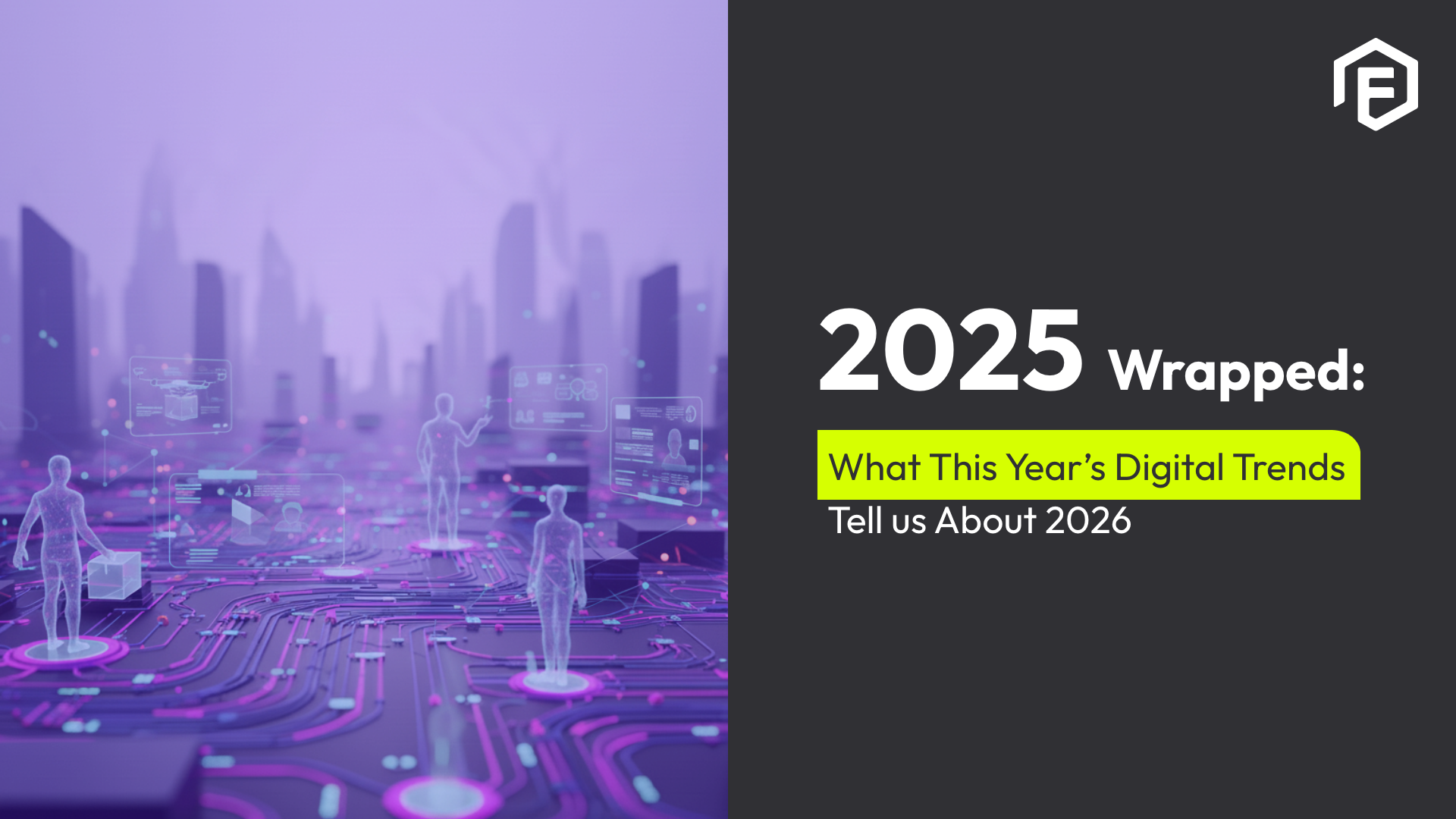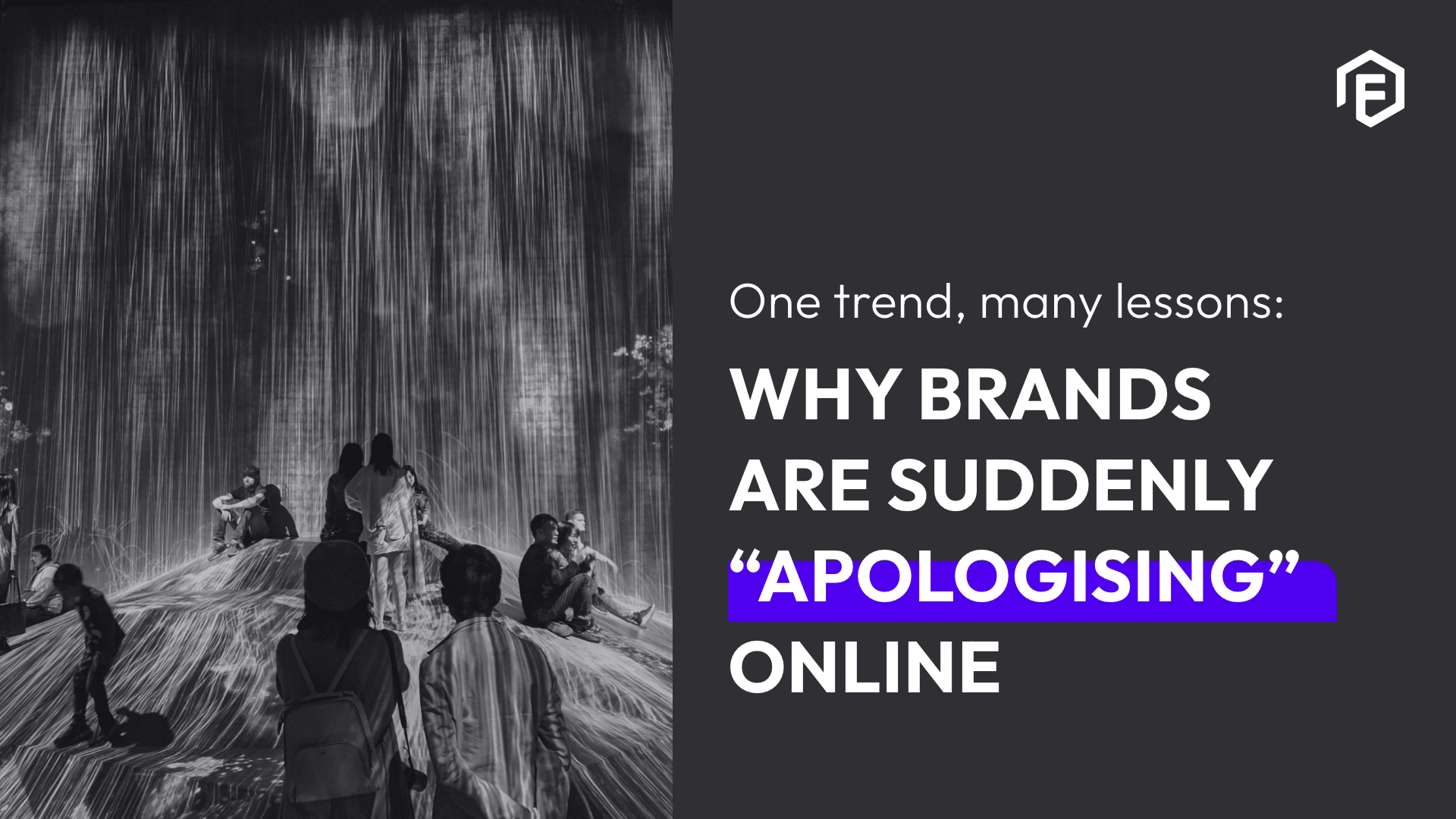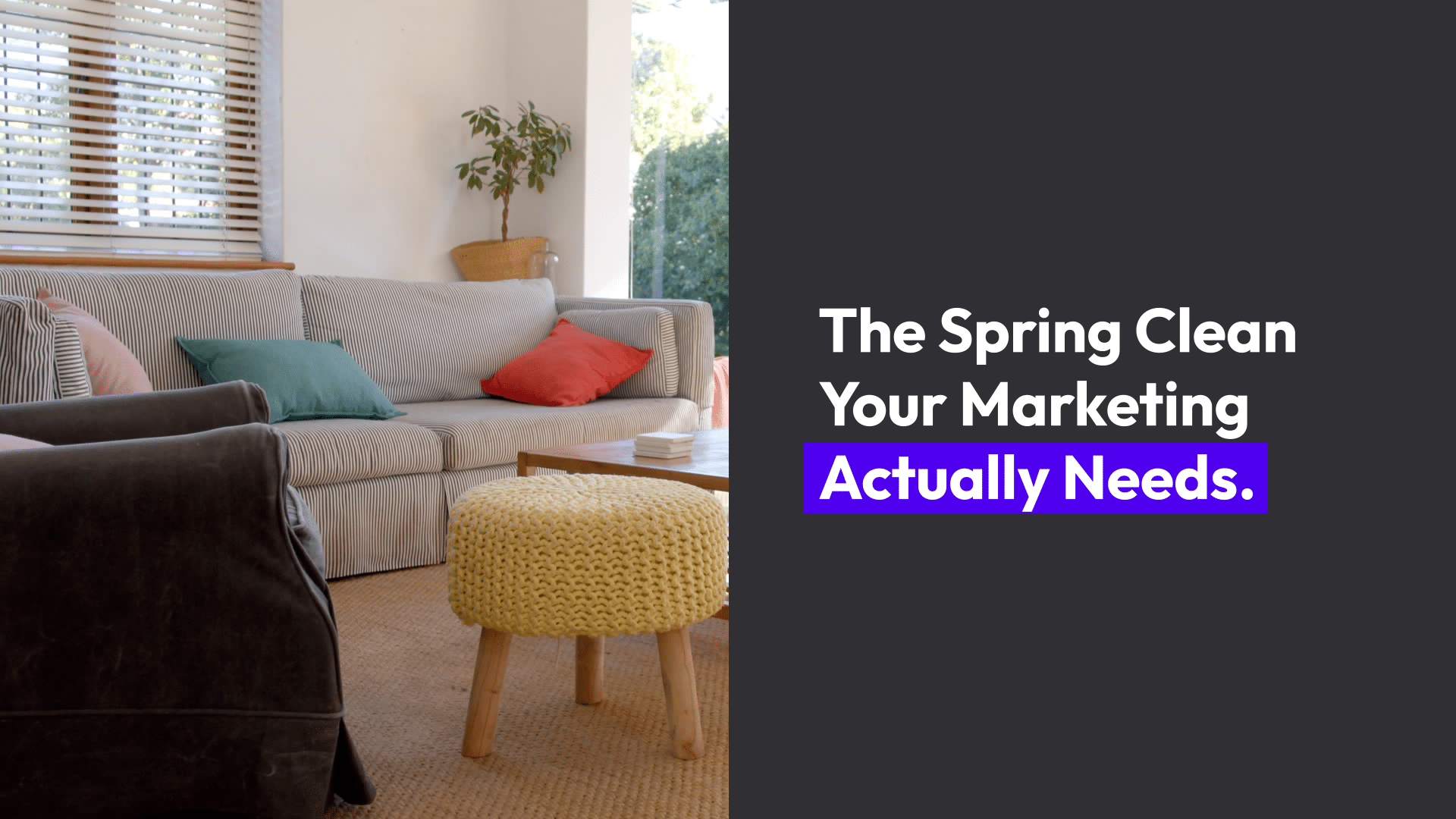Ad Buying Has Changed. Have You?
Once dependent on spreadsheets, phone calls, and handshake deals, media buying has evolved into something far more dynamic: programmatic buying. Programmatic buying is the automated purchasing of digital advertising space, using software, real-time data, and algorithms. Rather than relying on manual media planning and human negotiations, programmatic allows brands to buy impressions (individual advertisement placements) instantly, depending on who’s viewing the content.
Essentially, it’s how an ad for running shoes might follow someone across platforms after they search for “best trail shoes”. Not because someone planned it that way manually, but because an algorithm decided, in a matter of milliseconds, that this person is a high-intent audience worth reaching.
Adding Intelligence to Automation
AI doesn’t just make programmatic buying faster, it makes it smarter by harnessing:
- Predictive algorithms that can forecast which audiences are most likely to convert.
- Real-time bidding systems that adjust spend dynamically to get the best value.
- Creative AI tools that adapt visuals, messaging, and formats based on the specific user. This allows brands to deliver a more personalised experience, at scale.
Where programmatic buying previously focused on reach and frequency, AI now brings intelligence into the mix. It helps to answer deeper questions like “Who is most likely to engage?”
The benefit here? Precision, scale, and efficiency.
Why This Matters
For brands, this shift isn’t just about automation, but also transforming teams, tools, and strategies. In practice, it means:
1. Greater ROI
AI-enhanced programmatic buying ensures your budget works harder. Campaigns can automatically optimise toward top-performing audiences and placements, helping to reduce spending on low-value impressions.
2. Real-Time Feedback
With AI, every campaign is a feedback loop. Performance data feeds into the system, improving future targeting and creative decisions without having to wait for something like a month-end report.
3. More Strategic Roles
With automation handling the heavy lifting, media teams can shift their focus to strategic decision-making, such as setting objectives, building brand stories, and designing uninterrupted user journeys.
While AI brings considerable value to programmatic buying, it’s important to acknowledge that it does present challenges, too. For instance:
- Too much automation can lead to a loss of creative control or brand context.
- Algorithmic bias and data privacy remain real concerns, particularly in a cookie-less world.
- Platform fragmentation means brands need the right tech stack and expertise to truly make programmatic buying and AI work in their favour.
Ultimately, the brands that succeed will not use automation to replace human creativity, but to amplify it. This will ensure they reach the right person with the right message, at the perfect moment. As AI continues to evolve, the gap between those who adopt intelligently and those who lag behind will only widen. In a landscape defined by speed and signals, being slow to adapt is the real risk.
“The rise of predictive and programmatic buying has completely transformed paid media. It’s a fundamental shift in how we create and manage campaigns, as we’re no longer relying on intuition or manual adjustments. To us, it’s not just an improvement but a whole new way of thinking. With machine learning, we can now accurately predict audience behaviour, allowing us to identify the best ad placements before others even see them. This kind of insight leads to improved performance, allowing our teams to focus on strategic decisions rather than manual tasks. The future of paid media isn’t just automated – it’s intelligent. If you’re not embracing it yet, you risk falling behind.”
Sebenzile Mbongwa
Senior Media Buyer
Flume is an independent, full-service digital marketing agency providing services that include SEO, web design and development, public relations, media buying, client service, UX/UI, and creative production. For more information visit www.flume.co.za or email us at [email protected] to say, well, “hello”.
-
Frequently Asked Questions
-
1. What is programmatic buying, and how does it differ from traditional media buying?
- Programmatic buying is the automated purchasing of digital advertising space using software, real-time data, and algorithms. Unlike traditional media buying, which relied on manual processes like spreadsheets, phone calls, and negotiations, programmatic buying enables instant ad placements based on user data, offering greater speed, precision, and efficiency.
-
2. How does AI enhance programmatic buying?
- AI improves programmatic buying through predictive algorithms that identify high-conversion audiences, real-time bidding systems that optimize ad spend, and creative AI tools that personalize visuals and messaging for specific users. This results in smarter targeting, better budget allocation, and more effective campaigns.
-
3. What are the key benefits of using AI in programmatic advertising?
- AI-driven programmatic buying offers greater ROI by optimizing budgets toward high-performing audiences, provides real-time feedback for continuous campaign improvement, and frees media teams to focus on strategic tasks like brand storytelling and campaign planning, rather than manual operations.
-
4. What challenges should brands be aware of when adopting AI-driven programmatic buying?
- Challenges include potential loss of creative control due to over-automation, algorithmic bias, data privacy concerns in a cookie-less world, and the need for a robust tech stack and expertise to navigate platform fragmentation effectively.
-
5. Why is it critical for brands to adopt AI-enhanced programmatic buying now?
- As AI continues to evolve, brands that leverage intelligent automation can reach the right audiences with personalized messages at optimal times, gaining a competitive edge. Those who fail to adapt risk falling behind in a fast-paced, data-driven advertising landscape.



